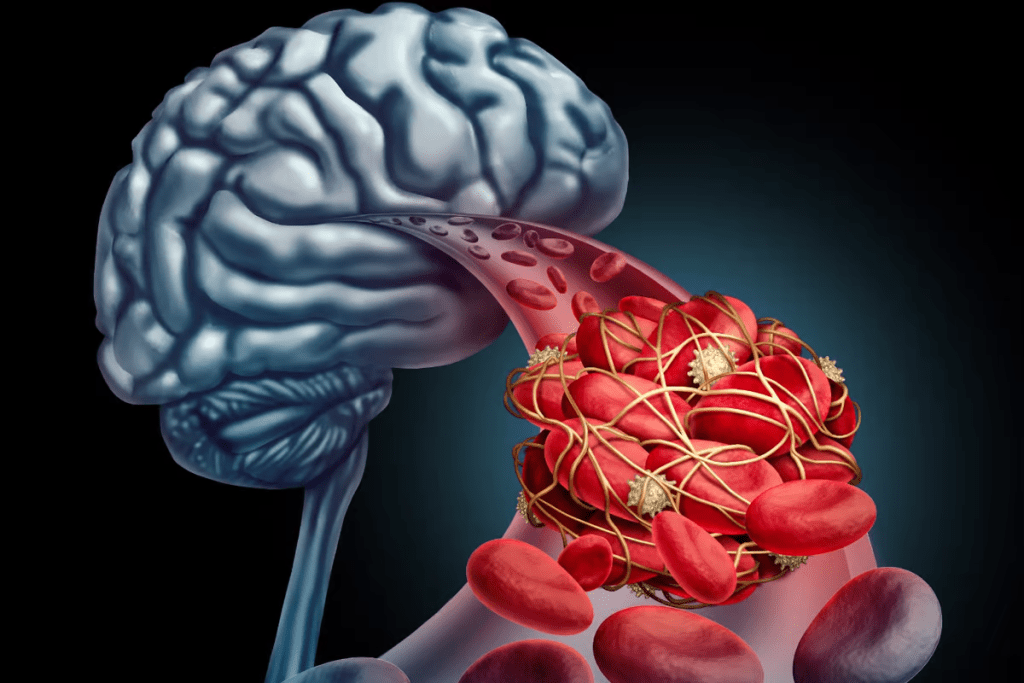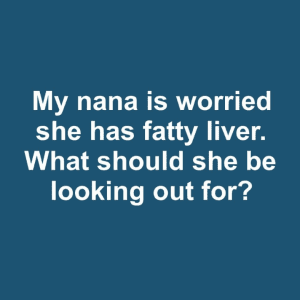Poor blood circulation can affect your body in numerous ways, often leading to a range of health problems that can disrupt your daily life. Healthy blood flow is essential for delivering oxygen and nutrients throughout your body, ensuring that organs and tissues function properly. When circulation is impaired, your body sends out warning signals, often through symptoms you might not immediately recognize as signs of poor blood flow. By learning to identify these symptoms early, you can take steps to improve circulation and safeguard your health.

1. Numbness and Tingling in Your Extremities
Have you ever experienced a “pins and needles” sensation in your fingers or toes? This numbness and tingling, also known as paresthesia, is one of the most common signs of poor blood circulation. When blood flow to these areas is restricted, they’re deprived of oxygen and essential nutrients, causing that uncomfortable sensation. If this happens frequently and without an obvious cause, it could signal an underlying issue with your circulation.
2. Cold Hands and Feet That Just Won’t Warm Up
If your hands and feet always feel cold, regardless of the temperature, you might be dealing with poor blood circulation. The extremities are often the first areas to feel the effects when circulation is compromised because they’re the farthest from your heart. If blood isn’t reaching these areas adequately, they’ll naturally feel colder than the rest of your body.
3. Swelling in the Legs, Ankles, and Feet
Swelling, especially in the lower parts of your body, is a red flag for circulation issues. When blood flow is limited, it can cause fluid to leak from blood vessels, leading to a buildup in your legs, ankles, and feet. Known as peripheral edema, this swelling can lead to pain, heaviness, and even reduced mobility. If you notice this kind of swelling regularly, it’s a sign to take seriously.
4. Fatigue and Persistent Lack of Energy
Feeling worn out even after a full night’s sleep? Poor blood circulation might be to blame. When your muscles and organs aren’t getting enough oxygenated blood, they can’t perform efficiently, leading to fatigue and a general lack of energy. This can impact your productivity, mood, and overall quality of life. Persistent fatigue that doesn’t go away with rest is worth discussing with a healthcare provider.
5. Unusual Skin Discoloration
Your skin’s color can reveal a lot about your blood circulation. If you notice areas of your skin turning a bluish or purplish hue, it may indicate that your blood isn’t delivering enough oxygen to those areas. Commonly seen in the toes, fingers, and sometimes around the lips, this discoloration, known as cyanosis, is a clear sign that something may be wrong with your circulatory system.
6. Bulging Varicose Veins
Varicose veins are enlarged, twisted veins that often appear in the legs. They develop when blood pools in veins due to poor circulation, causing them to stretch and bulge. While varicose veins can be hereditary, they are also a telltale sign of circulation issues, particularly in people who spend a lot of time standing or sitting. They can cause discomfort, and in severe cases, even lead to more serious vascular problems.
7. Slow-Healing Wounds and Bruises
When blood flow is impaired, your body’s ability to heal is significantly reduced. If you find that cuts, scrapes, or bruises take longer to heal than usual, this could be a sign of poor circulation. Blood is necessary to bring healing nutrients and oxygen to injured areas. Without proper blood flow, wounds can linger, leaving you susceptible to infections and complications.
8. Memory and Concentration Problems

Did you know that poor blood circulation can even affect your brain? If your brain isn’t receiving enough oxygenated blood, it can lead to issues with memory, focus, and overall cognitive function. This lack of proper blood flow may cause you to feel foggy, forgetful, or unable to concentrate. It’s crucial to address these symptoms, as they can impact both your professional and personal life.
9. Frequent Digestive Discomfort
Poor circulation doesn’t just affect your limbs and brain; it also impacts your digestive system. If your stomach and intestines aren’t receiving adequate blood flow, they can’t process food as efficiently, which may lead to digestive discomforts like bloating, cramping, and even nausea. While occasional digestive issues are common, frequent problems might indicate that your blood flow isn’t as strong as it should be.
10. Cramping and Pain in Your Legs
Leg cramps or muscle pain, particularly during physical activity, could be a sign of poor blood circulation. Known as claudication, this condition occurs when restricted blood flow to the muscles results in pain, cramping, and discomfort. If you experience this type of pain frequently while walking, running, or climbing stairs, it may be time to consider how you can improve your circulation.

Conclusion: Recognize and Address Poor Circulation Early
Understanding these warning signs of poor blood circulation is the first step toward taking control of your health. By addressing circulation issues early, you can reduce the risk of more serious complications, such as heart disease, deep vein thrombosis, or even a stroke. If you recognize any of these symptoms in yourself, don’t hesitate to consult a healthcare provider. There are numerous ways to improve circulation, from lifestyle changes like regular exercise and a balanced diet to medical treatments that can help ensure your blood flows as it should. Don’t wait until these signs become more severe; take proactive steps today to ensure a healthier tomorrow.


